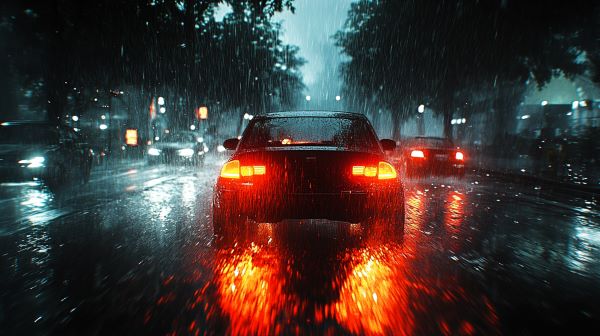The Top 10 Most Dangerous Driving Habits

Driving is something many of us do every day, but even the smallest mistake on the road can lead to dangerous outcomes. In this article, we’ll count down the top 10 most dangerous driving habits, starting with the least and ending with the most dangerous. Whether you’re a seasoned driver or new behind the wheel, understanding these habits can help you stay safer on the road.

10. Not Wearing a Seatbelt
While not wearing a seatbelt doesn’t directly cause accidents, it greatly increases the risk of severe injury or death in the event of a crash. Seatbelts save lives, and this small habit is crucial for keeping you safe in unexpected situations.
Tip: Always buckle up, no matter how short the trip.
9. Not Using Turn Signals
Failure to signal your lane changes or turns may seem minor, but it can confuse other drivers and lead to unnecessary accidents. Without clear communication, other road users won’t know your intentions, increasing the chances of a collision.
Tip: Make it a habit to always use your turn signal well before making any move.

8. Not Adjusting Speed for Poor Weather
Driving at normal speeds during rain, snow, or fog increases the likelihood of losing control. Slippery roads reduce traction and visibility, making accidents more likely if drivers don’t adjust their speeds.
Tip: Reduce your speed and increase your following distance when driving in poor weather conditions.

7. Tailgating
Following too closely to the car in front of you limits your reaction time, especially if they stop suddenly. This aggressive behavior can result in rear-end collisions, which can cause serious injuries at high speeds.
Tip: Maintain a safe distance from the car in front of you, following the “three-second rule” to ensure enough stopping time.

6. Running Red Lights or Stop Signs
Running through red lights or failing to stop at stop signs can lead to serious accidents, particularly at intersections. These accidents are often severe, as they can involve side-impact collisions that leave little protection for passengers.
Tip: Always slow down as you approach intersections and come to a full stop at stop signs.
5. Aggressive Driving
Aggressive driving includes actions like speeding, cutting off other drivers, or road rage. These behaviors create dangerous situations for everyone on the road and increase the chance of high-speed accidents.
Tip: Stay calm behind the wheel, even when you’re frustrated, and avoid engaging with aggressive drivers.
4. Drowsy Driving
Fatigue is as dangerous as driving under the influence. Drowsy drivers are less alert and have slower reaction times, with the added risk of falling asleep at the wheel. Even brief moments of inattention can lead to catastrophic accidents.
Tip: If you’re tired, pull over and rest or switch drivers. It’s not worth risking your life or others’ safety.

3. Speeding
Speeding is one of the most common causes of accidents, as it reduces your ability to react to unexpected hazards. The faster you drive, the less time you have to stop, and the greater the impact of a collision.
Tip: Follow speed limits and adjust your speed based on road conditions to ensure you have time to react safely.

2. Distracted Driving
Distracted driving, especially texting while driving, is a leading cause of crashes. Taking your eyes off the road for even a few seconds dramatically increases the risk of a collision. Whether it’s looking at your phone, eating, or adjusting the radio, distractions take your focus away from driving.
Tip: Put your phone away and avoid any distractions while driving. Focus on the road and your surroundings.

1. Driving Under the Influence
By far the most dangerous habit, driving under the influence of alcohol or drugs is responsible for a significant number of fatalities on the road. Impairment affects your coordination, judgment, and reaction time, making it incredibly risky for both you and others.
Tip: Never get behind the wheel after drinking or using drugs. Arrange for a designated driver or use rideshare services if needed.